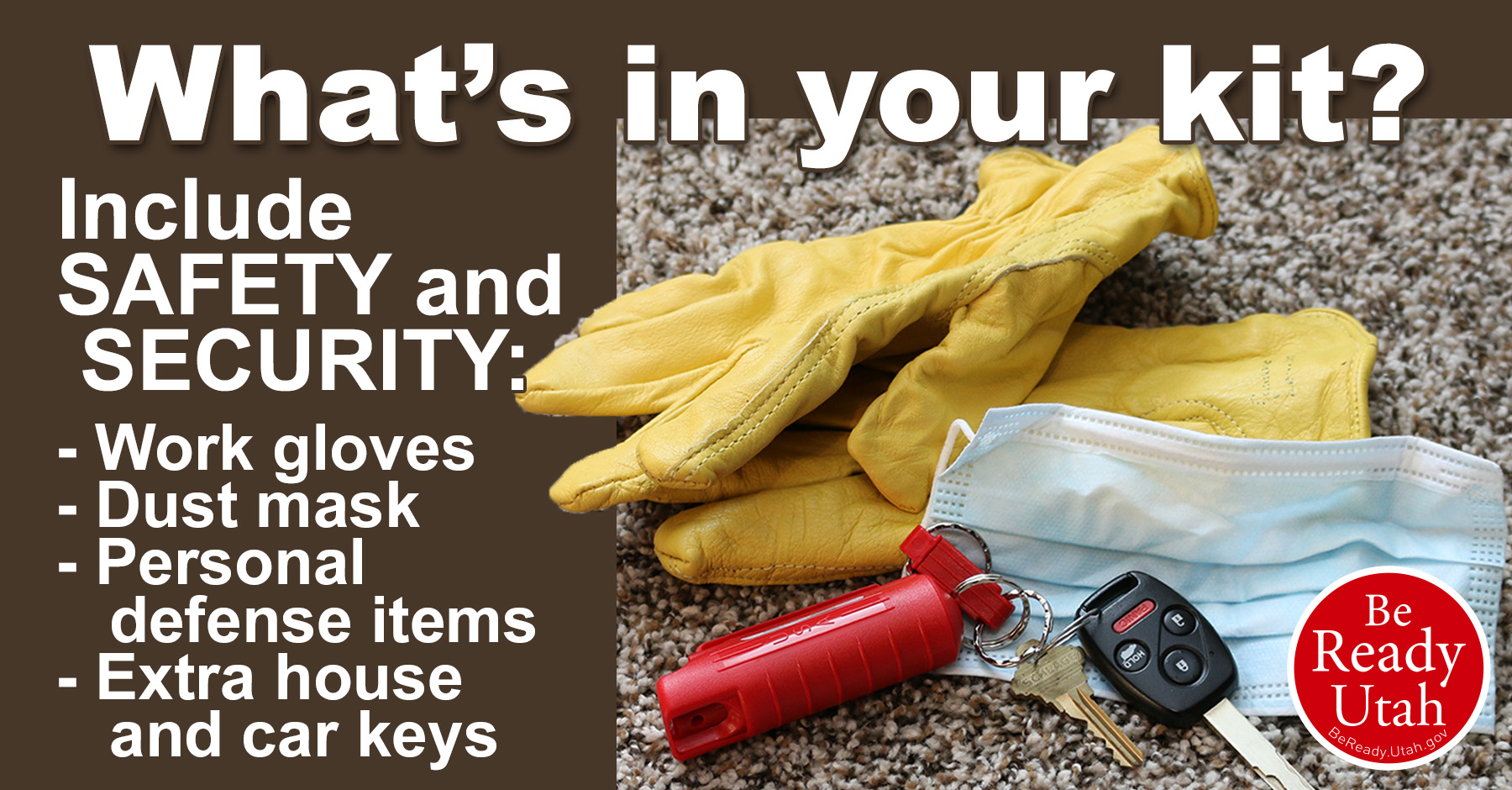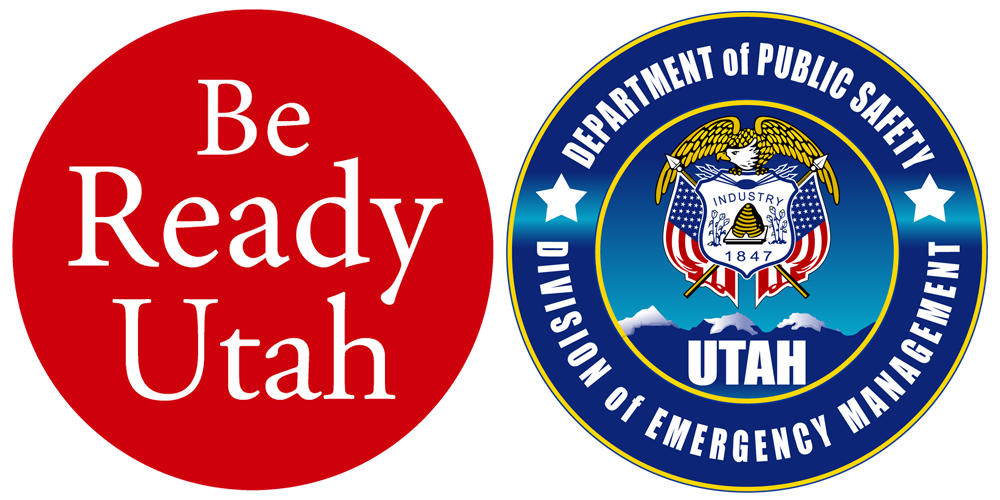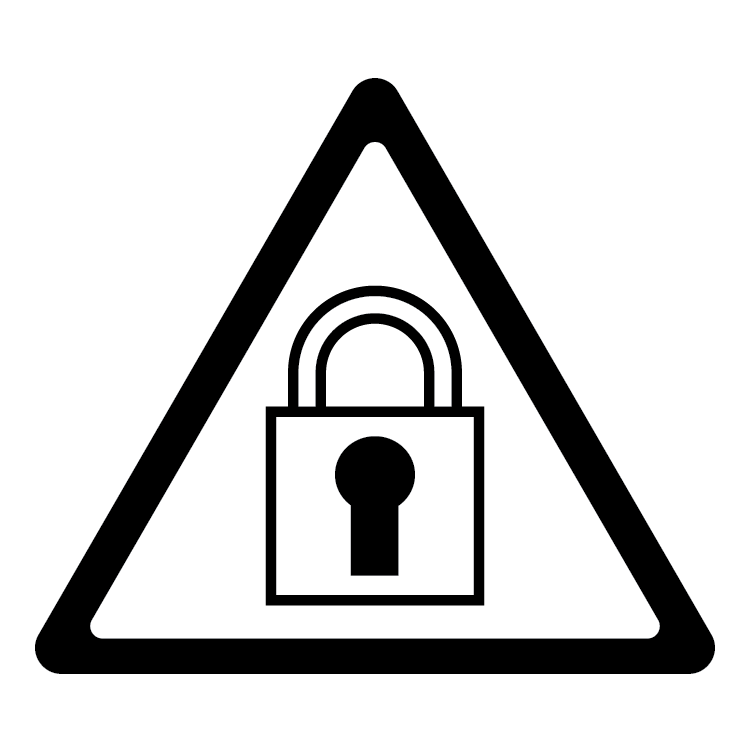
Safety & Security
The Point
Safety is all about preventing injuries and accidents from ever happening by eliminating or reducing hazards and by mitigating risk to life and property. The easiest recovery is an emergency that never happens.
Security is being situationally aware of the risks that are beyond your direct control and knowing what to do to minimize and deter outside threats and also how to act when confronted with a threatening situation.
Knowing what to do to increase your safety and security will help you and your family "Be Ready" before, during, and after emergencies.
Do This
- Perform a Home Hazard Hunt of your home
- Correct the issues found in your home hazard hunt
- Make a home escape plan for house fire
- Learn protective actions
- Practice and teach safe internet use
- Practice locating exits, fire alarms and extinguishers when entering new locations
- Practice situational awareness. Always be aware of your surroundings.
Videos
- Be Ready Buzz: Hotel Safety
- PrepCast: Safety and Security, Home Safety
- PrepCast: Safety and Security, Home Security
- PrepCast: SIAC, See Something, Say Something
- 20 to Ready: Water Safety Prep
- 20 to Ready: Safety Survey
- 20 to Ready: Secure Your Stuff
- 20 to Ready: Home Fire Safety Prep
- Utah DNR: Nobody Is Invincible
- NFPA: Pick an Outside Meeting Place
- NFPA: Home Fire Practice Your Escape Plan
- NFPA: Dan Doofus an Alarming Trend
- NFPA: Dan Doofus Exit Strategy
- NFPA: I SPY Fire Safety
- NFPA: Making a Home Fire Escape Plan
- USFA: Facts About Fire
- USFA: Have Two Ways Out
- USFA: Up in Smoke - Escape Plan
- FTC: Identity Theft
- FTC: Why Care About Identity Theft
Downloads
Links
- Disaster Supply Kit: Safety and Security
- Home Hazard Hunt
- Dominion Energy: Carbon Monoxide Awareness
- Dominion Energy: Natural Gas Safety
- Utah DNR: Boating
- Ready.gov: Home Fires
- Ready.gov: Household Chemical Emergencies
- NFPA: How to make a home fire escape plan
- USFA: Fire Extinguisher
- Unified Fire Authority: Fire Hydrant Upkeep
- Unified Fire Authority: Camping Safety
- Rocky Mountain Power: Electrical Home Safety
- National Park Service: Staying Safe
- National Park Service: Safely Watch Wildlife
- Kid Smartz: Child Safety
- Safe Kids: Safe at Home
- FTC: Identity Theft
- Utah Attorney General: Rideshare Safety
- Net Safe Utah: Internet Safety
- Net Safe Utah: Ways to Keep Safer with Tech
- SafeWise: How to Outsmart a Burglar
Safety and Security
Your safety and security, and the safety and security of your family is your responsibility. Doing things around your home and in your life to minimize risk and mitigate hazards are the best ways to ensure the wellbeing of your family. Prevention is the best medicine. Don’t do things to compromise the health and safety of yourself and others. Always be an example of safe practices.
Home
Your home needs to be the safest place you and your family members can be. Check inside and outside for potential hazards. Even after we reduce the in-place hazards in our homes, improper fire safety practices can still be a cause for concern. Here are a few things to consider:
-
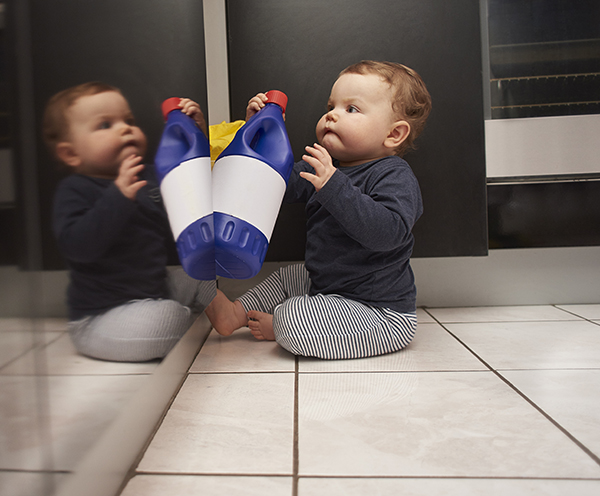
Make sure dangerous products and cleaners are secured, labeled, and stored separately from food, beverages and medicine.
- Having chimney, flue, and ductwork checked and cleaned yearly. Have gas appliances serviced yearly.
- Be sure your house number is clearly visible from the street, day and night. Emergency responders may need to quickly find your home. Don’t make it difficult.
- Teach everyone how, where, and when to quickly turn on and off water, natural gas, and electricity in a disaster situation. Seconds could matter. Keep a shut-off tool or adjustable wrench easy to find and near the gas meter in case of a gas leak. After an earthquake, ONLY SHUT OFF THE GAS IF YOU SEE, HEAR, OR SMELL A LEAK!!!
- Install carbon monoxide (CO) and smoke detectors on every floor. Test monthly and replace the batteries every six months.
- Secure the water heater and any other gas appliance to wall studs with sturdy earthquake straps and make sure it is connected to the gas main with a flexible gas line.
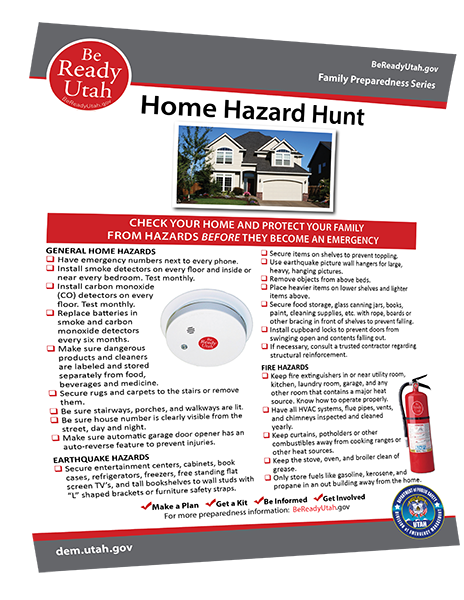 Download and print the entire Home Hazard Hunt list, then find the hazards and make the necessary changes and repairs. Make your home the safe haven it needs to be.
Download and print the entire Home Hazard Hunt list, then find the hazards and make the necessary changes and repairs. Make your home the safe haven it needs to be.
Taking simple steps for home security will protect your loved ones and your property as well. During an emergency and during normal times, prevent home burglary by securing all possible entryways every night before bed and every morning when you leave.
- Get in the habit of keeping doors and windows locked when they don’t need to be open, even if you are at home.
- Have exterior lighting in dark areas, and make sure landscaping is trimmed back to eliminate hiding places.
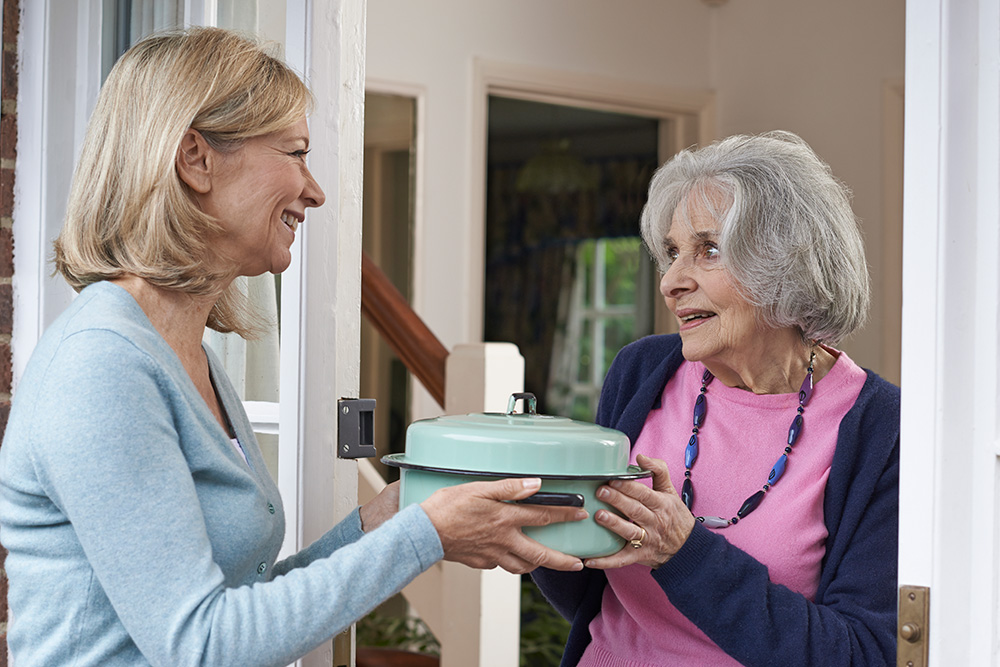
Get to know your neighbors.
It is a good idea to develop a trusting friendship with your neighbors for mutual support. Before an emergency in your neighborhood, workout beforehand an agreement to call and check with neighbors if you see something suspicious on their property. Encourage them to do the same for you.
If you have an emergency evacuation or even if you are just going on vacation, prepare your home before you go and be vigilant while you are away. Don’t make your home an easy target by those with bad intentions. If possible, invest in a home security system.
Situational Awareness
Throughout our lives we are surrounded by potential dangers and possible hazards. Most of them we are unaware of or don’t think about because the risk is part of our everyday lives and we have come to accept them.
We don’t need to be paranoid, but we also need to realize our own normalcy biases. We don’t like to think that something bad could happen to us or to a loved one. That normalcy bias prevents us from seeing potential danger and acting to respond to it. 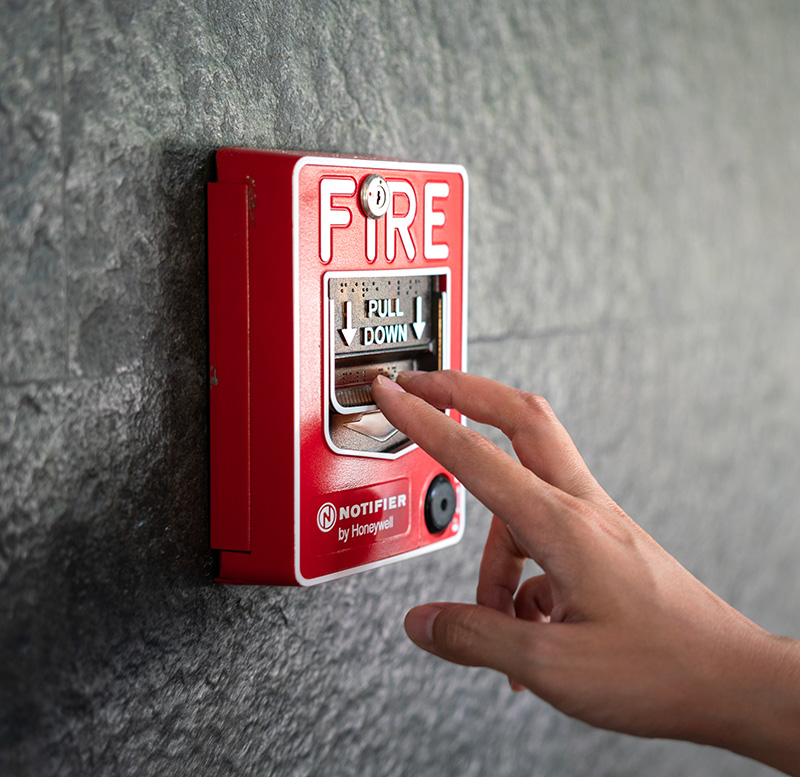 Like if the fire alarm goes off in a crowded building, people often look around to see if other people are going to react and leave the building. We wait for someone else to take the lead and make sense of this different thing that popped up in our “normal” day.
Like if the fire alarm goes off in a crowded building, people often look around to see if other people are going to react and leave the building. We wait for someone else to take the lead and make sense of this different thing that popped up in our “normal” day.
Instead, know the warning signs, know the alerts, and act on them when they present themselves. It is better to be wrong and err on the side of safety than to be wrong and to suffer injury or worse.
It’s like driving a car. A vehicle driving down the highway at 70 plus mph is inherently dangerous. We accept that risk because we assume the other drivers will also follow the commonly accepted rules of the road. We still need to be situationally aware of everything that is going on around us like speed limits, traffic and other obstacles around us, weather and road conditions, road signs, issues with our own vehicle, etc. We also need to be aware that it is possible that other drivers for one reason or another may not follow the traffic rules. In which case, we will need to adjust how we are driving to compensate to maintain our own safety and still get where we need to go. Defensive driving, rather than aggressive driving, ensures that we will see dangerous drivers and conditions with plenty of time to safely avoid them or be prepared to properly react to them.
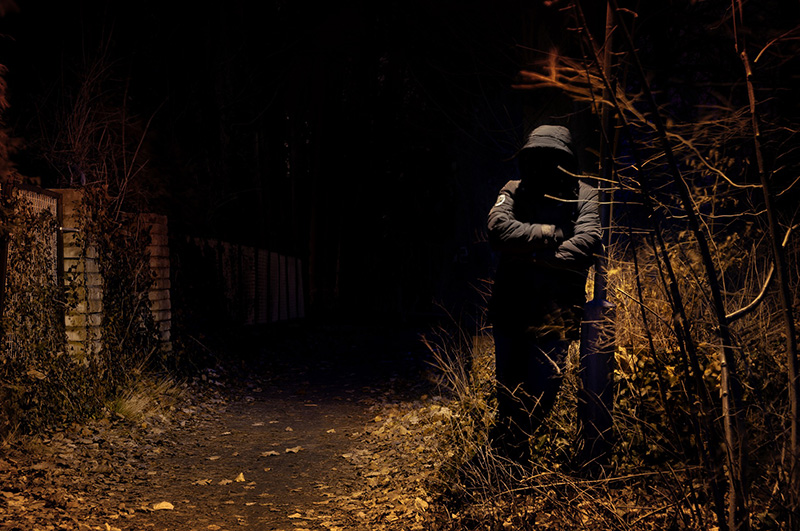
Be Aware of Dangers
In the same way, if you are situationally aware in your other areas of life, you will see risks and dangers coming before they arrive and will either be able to avoid them, or you will be ready to face them and not be caught unaware. When you are aware of your surroundings, you can go a different route or mitigate the issue before it becomes an emergency.
At work, the store, the mall, school, restaurants, hotels, or anyplace you spend time, be situationally and spatially aware. Here are some suggestions of things you can look for everyday in the environment around you:
- Be aware of what is normal so you know when something is not. This does not necessarily mean there is danger, but if you are paying attention to what is not normal, you are quicker to respond if it becomes dangerous.
- Use all of your senses when looking for something out of the ordinary. Does something look, sound, smell, taste, or feel wrong? It might be.
- Locate exits, fire alarms, and fire extinguishers. Many buildings also have first aid kits, trauma kits, and automated external defibrillators (AEDs) for public access.
- Always stay alert and aware of your surroundings. Always trust your instincts. If people or locations are making you uneasy, leave or stay away. It is best to avoid or remove yourself from potential dangerous situations.
- When you approach people, consider what you are doing from their perspective. Don’t do things that look aggressive or like a possible threat. Do your best to not create a dangerous situation.
- If you see something that is out of place and could be a threat to life or property, speak up and say something to an authority.
Knowledge gives you confidence. Properly applying that knowledge gives you wisdom. You don’t need to be afraid to go out in public, but knowing what could happen helps you to be ready to avoid or minimize negative situations. Practice how you will act during an emergency situation in your everyday life.
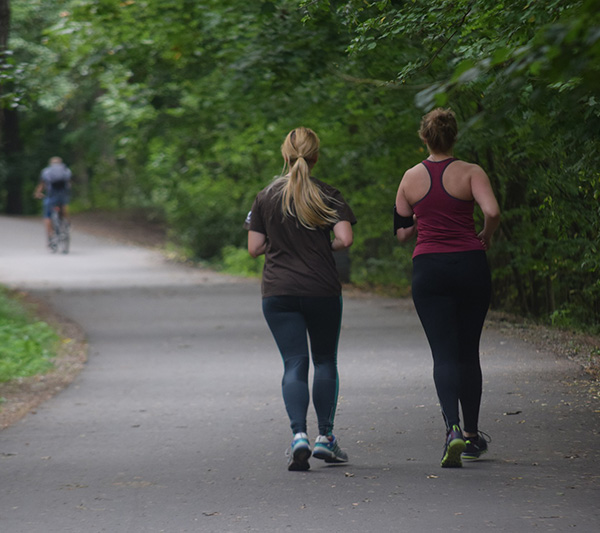
Never Jog Alone
- When leaving your home, tell someone where you are going and when to expect you back. When you go out, it is best to be in a group.
- Jog or walk with a friend or dog.
- Always take a phone when you go out. Know how to use the emergency help feature on your phone. Have a trusted family or friend connected to your “find my phone” app.
- Always take a whistle when you go out. Blow your whistle if you are in danger or need help. As long as you can breathe, you can always blow a whistle. Three blasts on a whistle is the international signal of distress.
Self Defense
Most dangerous situations can be avoided, but unfortunately, not all situations can. It is important to have plans and to practice those plans before an actual confrontation with danger so that actions are automatic. Protective actions like “stop, drop, and roll” for clothes on fire or “drop, cover, and hold on” for earthquake are two ways to practice quick emergency personal response.
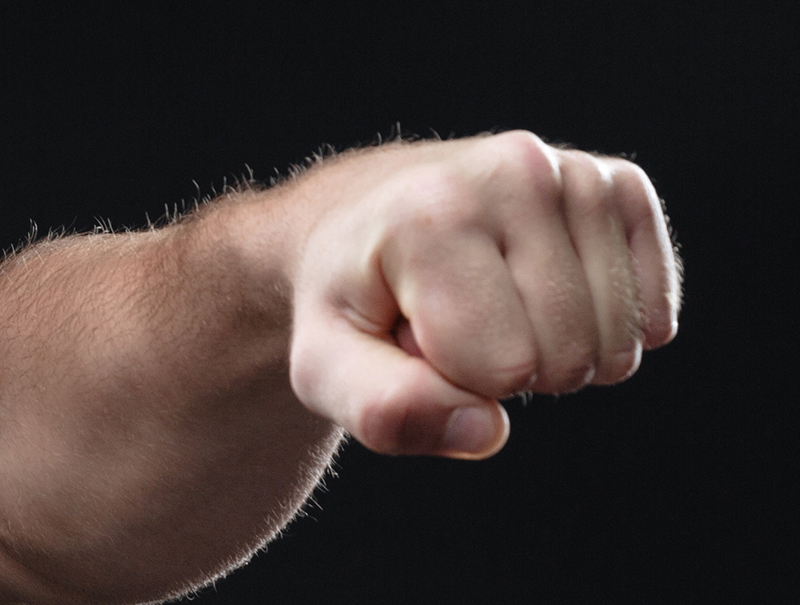 Self defense is another protective action for personal protection from an external threat from an attack from an animal or from a person intent on harming you. Self defense and what that means is a controversial topic and it means different things to different people. It is an important part of emergency preparedness that you can protect yourself and your family.
Self defense is another protective action for personal protection from an external threat from an attack from an animal or from a person intent on harming you. Self defense and what that means is a controversial topic and it means different things to different people. It is an important part of emergency preparedness that you can protect yourself and your family.
That being said, whatever form or forms of self defense you choose for protection, be sure that you know the laws and regulations concerning that form. Get the necessary training and licensing as needed. Whatever self defense you use, learn and practice with that form so that you are fully trained and knowledgeable in your chosen method. You should be comfortable, confident, and safe in your method of self defense. You don’t want something that is intended to protect to accidentally be the cause of harm to you and your family.
Cash Security
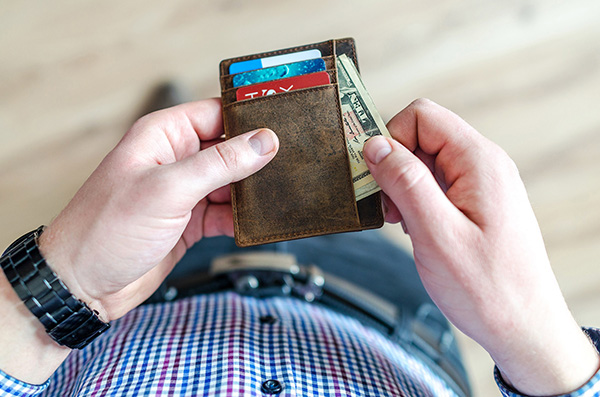 Cash will be the preferred medium of exchange in an emergency situation. Learn and practice cash safety now. Here are a few things to keep in mind:
Cash will be the preferred medium of exchange in an emergency situation. Learn and practice cash safety now. Here are a few things to keep in mind:
- Block the view of your PIN number. When your transaction is completed, leave immediately.
- Never stand and count your money.
- Only carry a minimum amount of cash, enough for your next few transactions.
- Be careful of prying eyes when pulling cash and other items from your wallet.
Health
Finally, an important part of emergency preparedness safety and security is your own personal health. You need to take care of your body. It's the only one you have. Try to eat healthy well-balanced meals, exercise regularly, and get plenty of sleep. Avoid alcohol, tobacco, and other drugs. 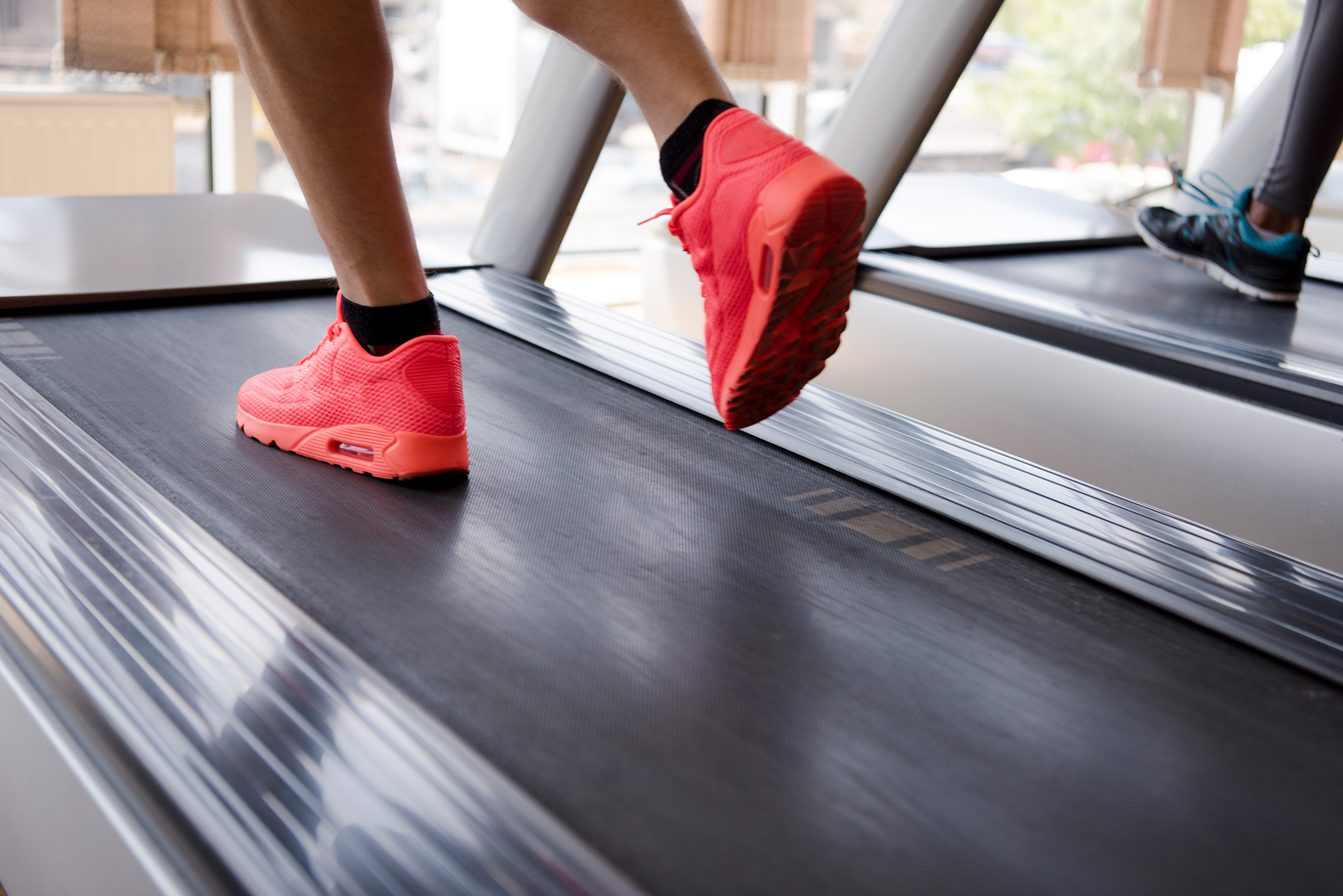
- When you are healthy and alert, you will make better decisions and will not be hampered by preventable physical limitations.
- Physical fitness allows you to travel on foot, without a vehicle further and faster and safer.
- You are more likely to survive a mentally and physically highly stressful situation.
- If you can outrun danger, you are more likely to survive.
- If you are physically strong enough to pull yourself out of physical danger, you are more likely to survive.
- If you are physically strong enough and have the endurance, you can save a family member or a friend.
Home Hazard Hunt

Disaster Supply Kit: Safety and Security
